Chapter: Mechanical : Heat and Mass Transfer : Radiation
Shape Factor
SHAPE FACTOR:
Net Exchange Between Surfaces
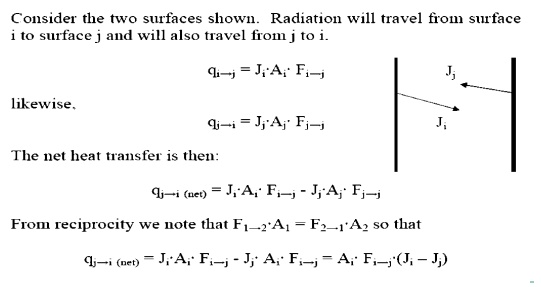
Net Energy Leaving a Surface

ELECTRICAL ANALOGY :
Electrical Analogy for Radiation
We may develop an electrical analogy for radiation, similar to that produced for conduction. The two analogies should not be mixed: they have different dimensions on the potential differences, resistance and current flows.
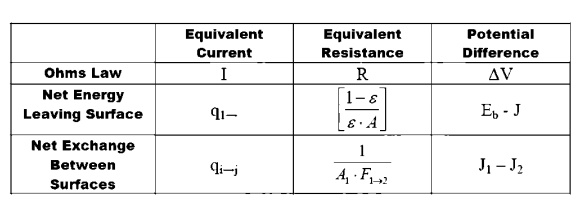
Angles and Arc Length
We are well accustomed to thinking of an angle as a two dimensional object. It may be used to find an arc length:
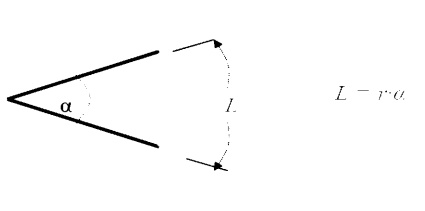
Solid Angle
We generalize the idea of an angle and an arc length to three dimensions and define a solid
angle, ╬ę, which like the standard angle has n the radius squared will have dimensions of length squared, or area, and will have the magnitude of the encompassed area.
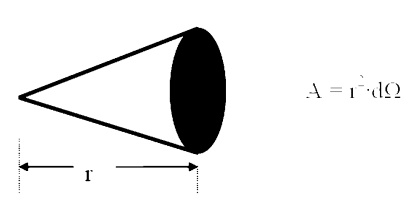
Projected Area
The area, dA1, as seen from the prospective o to the surface, will appear somewhattermed thesmaller projected area.
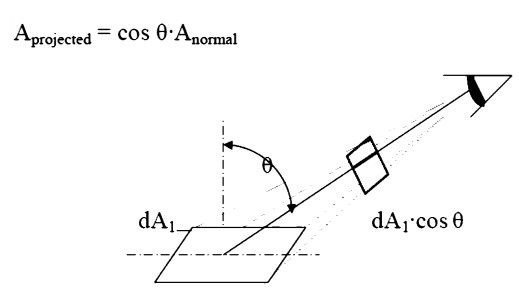
Intensity
The ideal intensity, Ib, may now be defined as the energy emitted from an ideal body, per unit projected area, per unit time, per unit solid angle.

Spherical Geometry
Since any surface will emit radiation outward in all directions above the surface, the spherical coordinate system provides a convenient tool for analysis. The three basic coordinates shown are
R, ¤ć, and ╬Ş, representing the radial, azimuth
In general dA1 will correspond to the emitting surface or the source. The surface dA2 will correspond to the receiving surface or the target. Note that the area proscribed on the hemisphere, dA2 , may be written as:
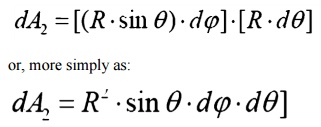
Recalling the definition of the solid angle,
dA = R2┬Ěd╬ę
we find that:
d╬ę =sin2R ╬Ş┬Ěd╬Ş┬Ěd¤ć
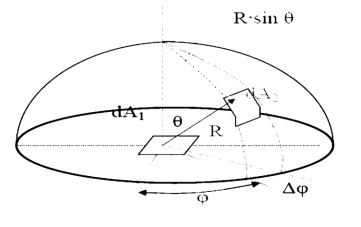
Real Surfaces
Thus far we have spoken of ideal surfaces, i.e. those that emit energy according to the Stefan-Boltzman law:

Real surfaces have emissive powers, E, which are somewhat less than that obtained theoretically
by Boltzman. To account for this reduction, w

so that the emissive power from any real surface is given by:

Receiving Properties
Targets receive radiation in one of three ways; they absorption, reflection or transmission. To account for these characteristics, we introduce three additional properties:
ÔÇó Absorptivity, ╬▒, the fraction of incident r
ÔÇó Reflectivity, ¤ü, the fraction of incident r
Transmissivity,onofincident radiation¤ä, thetransmittedfracti.
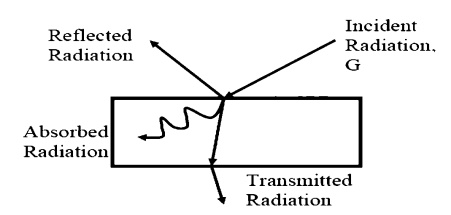
We see, from Conservation of Energy, that:
╬▒ + ¤ü + ¤ä = 1
In this course, we will deal with only opaque
╬▒ + ¤ü = 1 Opaque Surfaces
Related Topics